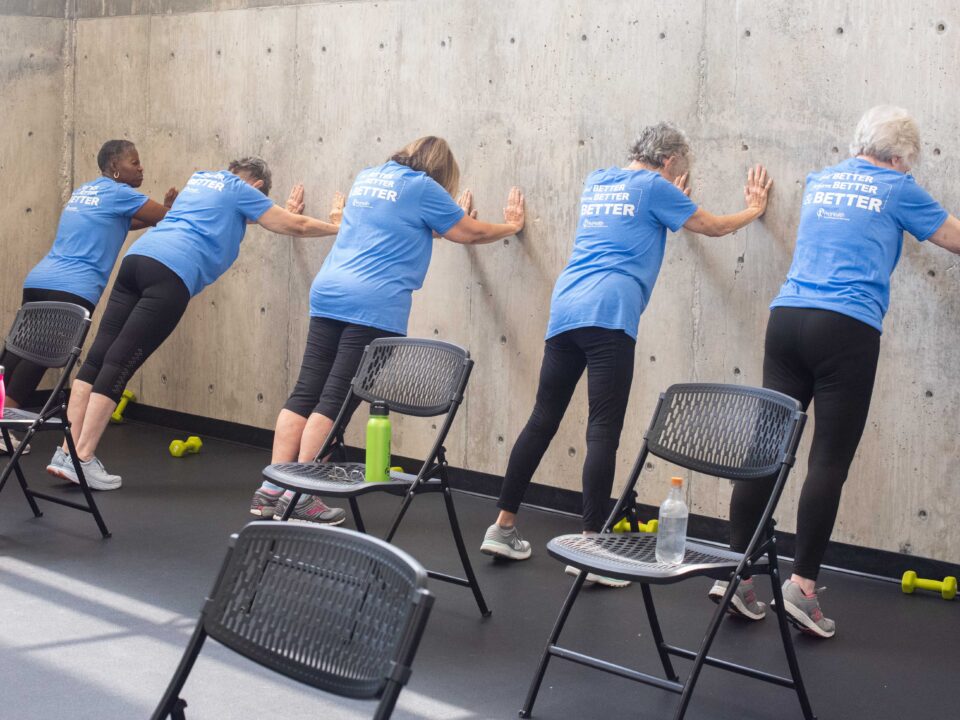- Mon - Fri
7.30 AM – 5.30 PM
Other hours upon request - 770-487-1931
The Importance of Flow in Pilates Class – What It Is and How to Do It

Have you ever left your Pilates class feeling energized, inspired, and ready to take on the world? Did it seem as though you moved seamlessly through each movement with grace and ease? If so, then you were likely experiencing what’s called flow. Flow is the fluid motion PIlates principle that makes the most challenging of classes feel amazing.
In this blog post, we’ll explore what exactly flow is, and why it’s important for us when practicing Pilates. Read on if you’re eager to learn more about unlocking the power of flow in your Pilates practice.
What is flow Pilates?
Flow is the quality of movement in Pilates. Flow Pilates is the Pilates principle that emphasizes a fluidity of movement throughout the duration of the Pilates class. By incorporating other Pilates principles, such as control, concentration, and centering, the body can flow within each movement and throughout the class.
With flow, the pace and tempo of exercises can vary. Some Pilates exercises, like The Hundred, are executed with a quicker rhythm in breath and movement. This brings heat to the body, warming it up for more strenuous exercises. Others may be performed slower or faster, while still maintaining fluid motion.
Taking a Pilates class is different than a traditional exercise class for many reasons. Joseph Pilates was clear that his exercises should only be performed a few times at peak ability. Quality over quantity. Jerking the body or collapsing after the exercise is discouraged. If either of these happens, it’s best to start new, slow down and add modifications if necessary. Pilates, while challenging, is not meant to cause straining or undue stress on the body. Pilates feels good while doing it. Bringing fluid motion Pilates into your practice not only makes for an effective workout, it feels great and looks beautiful.
Is flow one of the Pilates principles?
Flow is one of the six original Pilates principles. These principles include flow, centering, control, concentration, precision, and breathing. Some Pilates professionals add additional principles while teaching. However, these six are commonly agreed on throughout the Pilates industry as guiding principles for all teachers and students.
How do you make Pilates flow?
Insuring your Pilates movements flow requires all Pilates principles to work in unison. Centering, using core stability, is of the utmost importance. A strong powerhouse grounds the body.
Imagine you watching an Olympic swimmer’s race for the gold. Their strokes cut through the water with fluidity, strength, and grace. Notice their center. It’s not sinking down, with their back mimicking a hammock. It’s stable, strong, and centered. This is their powerhouse, which allows the rest of the body to propel through water with flow.
Along with centering, control is key to flow. Don’t be mistaken, control does not mean rigid. Rather, it’s being intentional about where you place each part of the body. Both centering and control bring us to another principle, concentration. None of this is possible without mental focus.
Final thoughts on the importance of the Pilates principle flow
Joseph Pilates designed several pieces of Pilates apparatus. Forgoing heavy weights, his system relies heavily on body weight challenged with tension springs and pulley systems. Within each exercise, are moments where the spring and pulleys either assist or challenge the body’s movements. Finding flow is important during both.
A body in flow brings healthy momentum both physically and mentally into the moment of peak challenge. During the following release, flow supports the body with ease while still maintaining control. If you’ve ever experienced banging your reformer into the bumper, you understand the importance of maintaining flow throughout the exercise.
Flow and the 5 other Pilates principles make your practice enjoyable and effective. If you’re interested in finding your Pilates flow, join a class at ProHealth in Peachtree City, GA. There’s a wide variety of Pilates equipment classes and Pilates mat classes. Come visit us online to schedule your first class.




